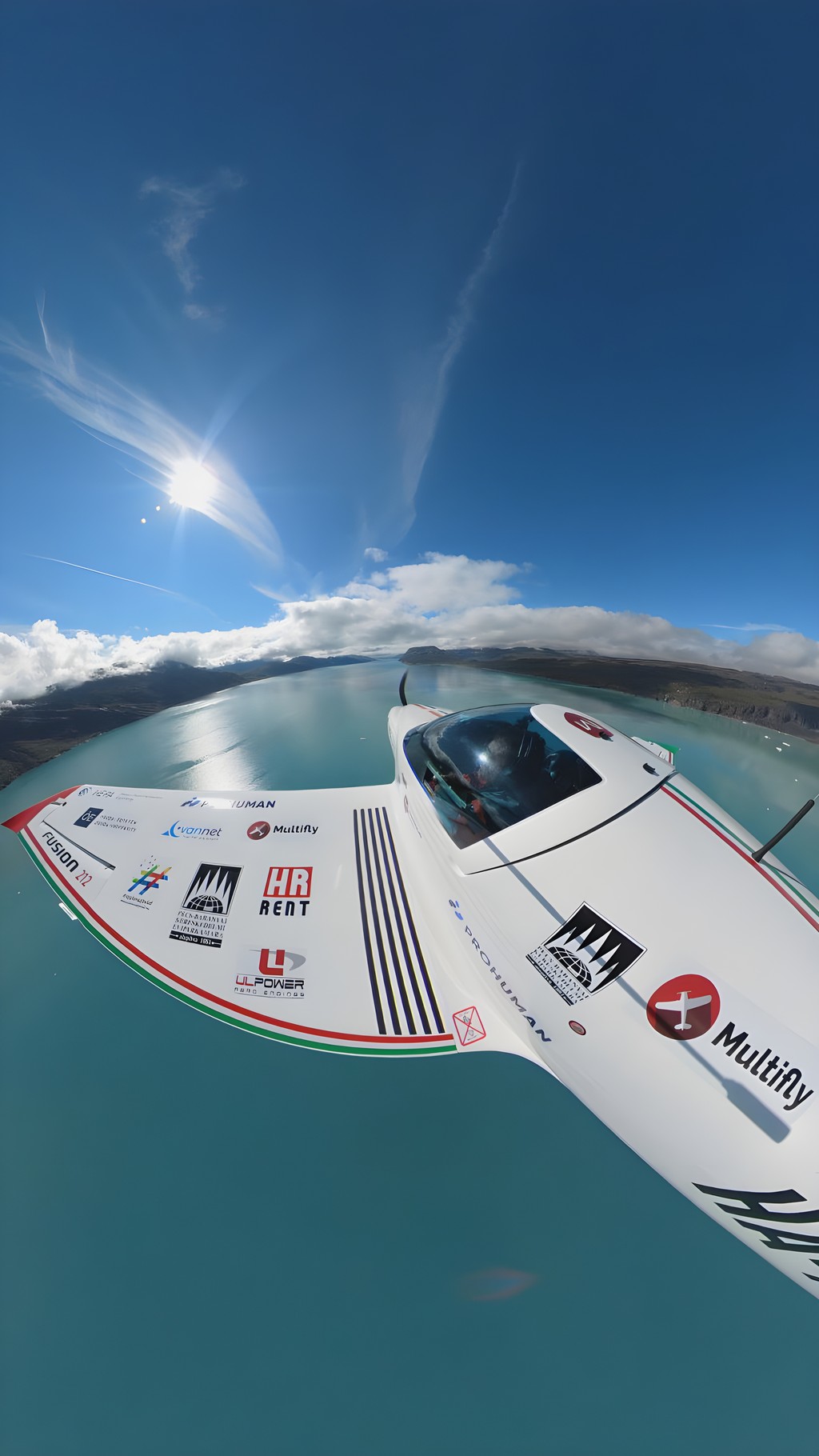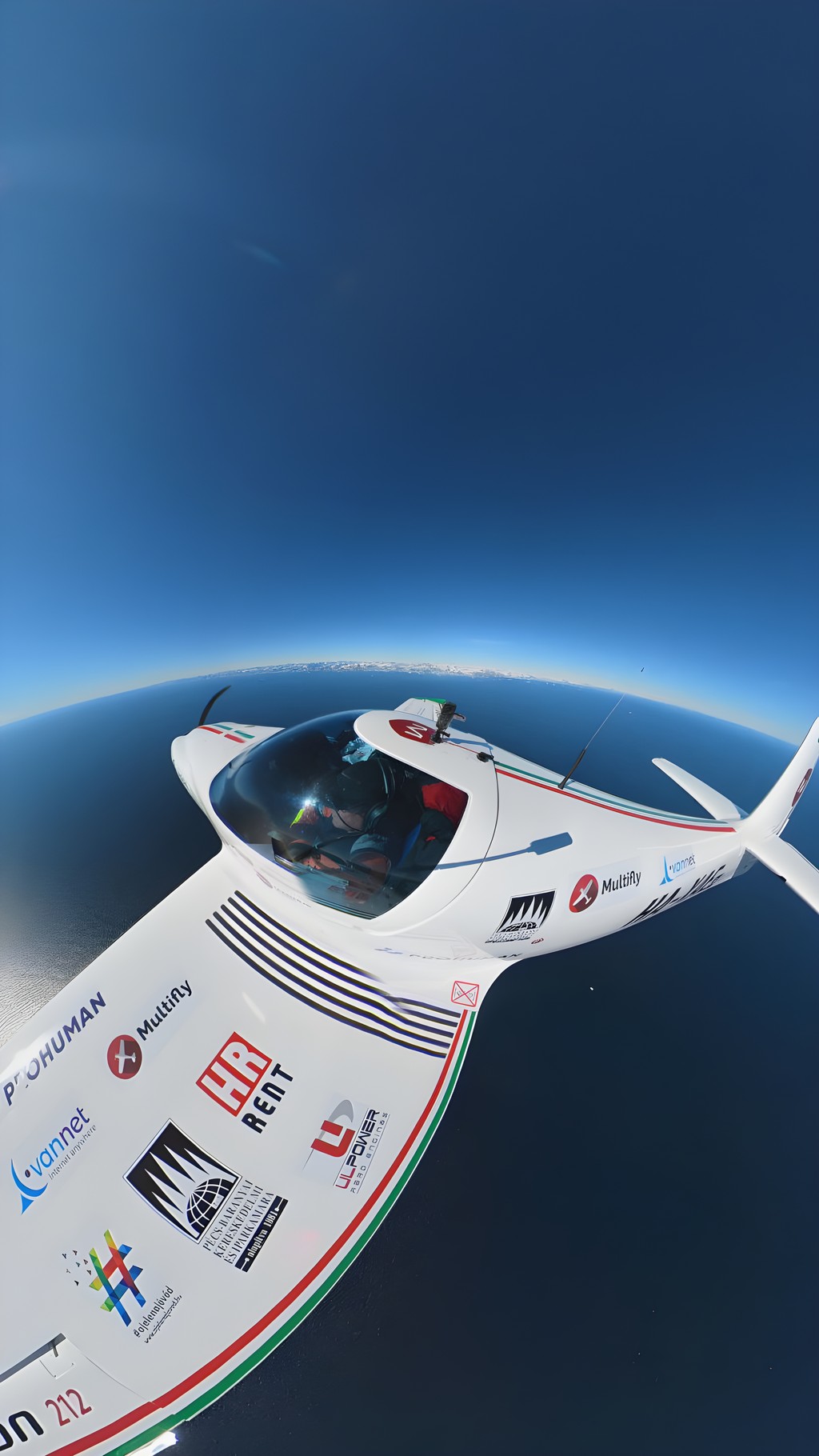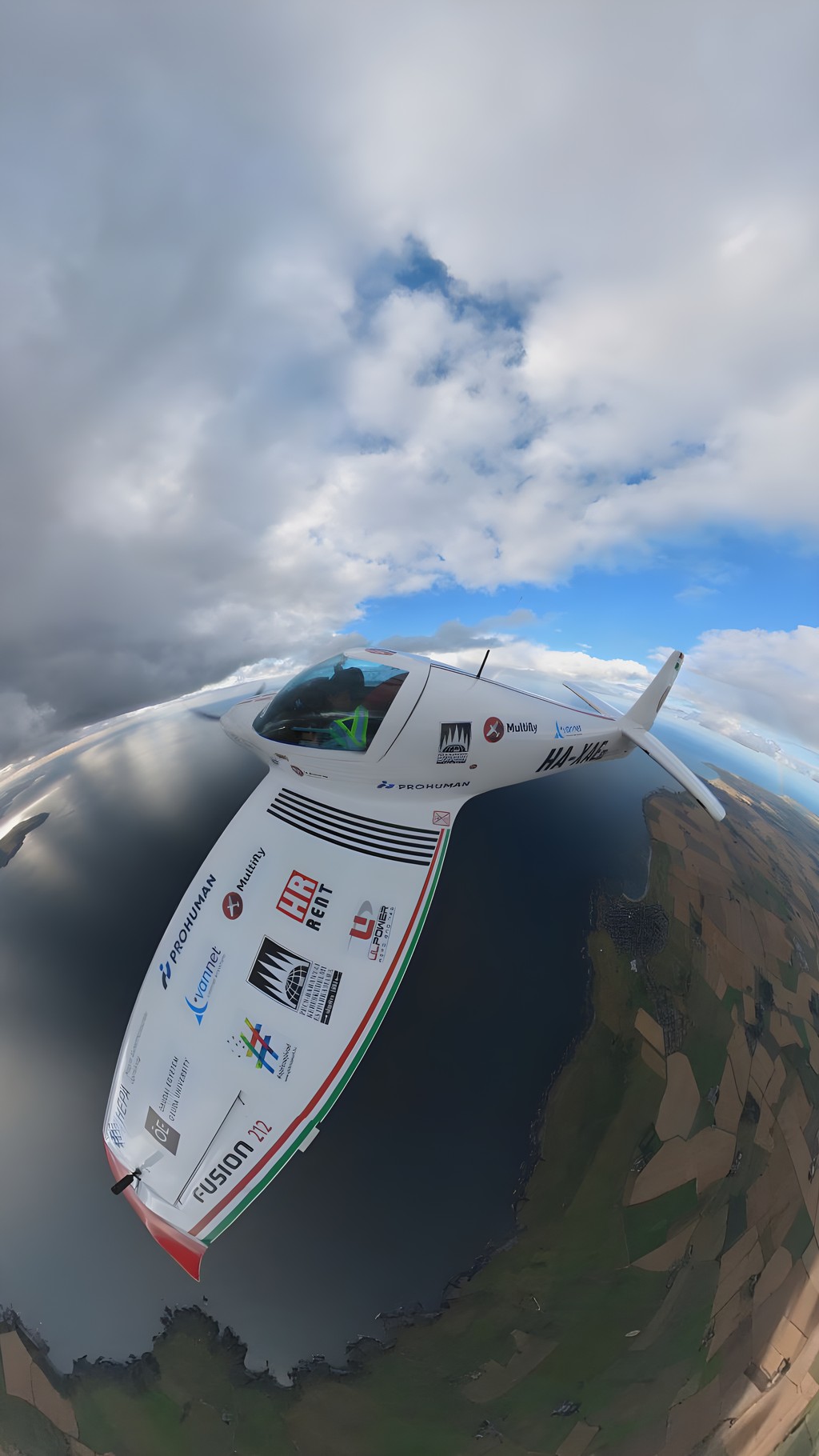
Greenland is a huge place with ice and rocks, seals, whales and polar bears – and only 3 airfields to land - Interview with the pilot of the Hungary-USA ferry flight
Oct 05th, 2022Magnus Aircraft embarked on one of the greatest adventures in Hungarian aviation history this August. The company's Fusion 212 aircraft has successfully accomplished a transcontinental ferry flight. Taking off from Hungary, crossing Europe and the Atlantic Ocean in the air, reaching its final destination of delivery, DeLand, USA. Never has a Hungarian aircraft completed such a long distance in single-engine aircraft category with a maximum take-off weight of 600 kilograms that has encompassed the transatlantic region. We interviewed the pilot of the ferry flight, Roy Ritter, who has flown across two continents, nine countries and over 8.200 kilometers in 50 hours of flight and nine days.
Let's start at the beginning. How did you get in touch with Magnus Aircraft?
This is a really nice story. The first time I heard of Magnus Aircraft was a few months ago. I saw it on social media, and it looked interesting because my father was half Hungarian, half Romanian, and I said, wow, it is nice that Magnus Aircraft makes planes in Hungary. And then a few weeks later I saw a post in the group of ferry pilots that the company wants to ferry a small aircraft to the United States. So, I sent an email and the rest is history.
Previously, before this ferry flight, what was your longest trip you have flown by such a small plane?
Earlier I did a lot of ferries in Africa, and I have done longer flights than this one. I flew over the Atlantic Ocean but from the other side, I always used to go from west to east. This was the first time from east to west, which is even more difficult because you have headwinds along the way.

Specifically, how long did you prepare for this ferry flight? What phases did you put together during flight planning?
Well, about six weeks prior to the flight, I visited the company. I wanted to meet the people behind the aircraft, and I liked them so decided to join this adventure. And then I started to read different books about crossing the Atlantic Ocean flying from east to west. The problem is there are not many and they are all very old books from the 70s and 80s. Then I started to do research on the weather because that is the most important factor for this type of flight. Basically, I was sitting in front of the weather data every day – I was checking the weather all over the North Atlantic about 10-15 times a day. And of course, you must prepare for all sorts of different problems you might have along the way, for instance problems arising from the location of different airports. There is an airport I landed at, which has a gravel airfield in between two mountains. During the approach, you must fly inside the fjord. There are many, many aircraft wrecks on the seabed at the entrance… So, you can imagine the amount of research we have done before the take off.
What was the special equipment you had to take with you, which you would not include on an everyday flight?
It was not easy. I needed to obtain a life raft and a survival suit, a special life jacket – with enough water and food for two days in it – and a personal locator beacon. This all together weighed about 20 kilograms, and I had to wear it all along the way above the waters, so from Scotland to Iceland, from Iceland to Greenland and from Greenland to Canada.
How did you feel about the flight at the moment of departure?
The right word is “cautious”, I think. I got familiar with the aircraft and the fuel system before the take off, so everything went smoothly from the first day. Excitement came after finishing the trip.

What was the first reaction of the staff at the airports you landed during the flight knowing that you are heading to the US with a small aircraft?
Well, they used to laugh and joke with me and they did not really believe me because there are many aircraft flying back and forth but they are all very, very big. I actually made some videos and I sent them to the staff at these airports. I think after receiving them they believe that I was really heading to the US with this small aircraft.
How did you plan the rest stops and night stops?
The planning was according to two factors. One is the weather, and the second is the availability of fuel. There are only three airports on the world’s largest island with over 2 million square kilometers. You need see Greenland for yourself. It is a huge place with nothing but ice and rocks, seals, whales, and polar bears. There are not too many choices where you want to stay in Greenland – there is only one hotel in each town.
Did you have to change the plan during the ferry flight due to weather or other circumstances?
I had to make one change because of bad weather. I wanted to fly over Greenland from Kulusuk to Nuuk but the weather was so bad that I had to fly around Greenland. So instead of flying for three and a half hours, I had to fly six.
What was your average altitude on the way?
I had many hours flying at 2.000 feet, 4.000 feet, 6.000 feet. For example I was flying between 800 to 2.000 feet from Scotland to Iceland because of the weather. Six hours of very low altitude, it was rather close to the sea level…
Did you have a flight longer than seven hours?
The longest was seven and half hours, the flight between Greenland and Happy Valley-Goose Bay, Canada. Practically, it is eight hours in the cockpit because I get in the cockpit way before the actual take off and then get out long after landing. I also got to realize that due to this special suit I had to wear, it took me a while to get out of the cockpit. Unfortunately, this particular Fusion did not have an autopilot (even though they usually do) so during this seven hour flight my left hand had to manage in “autopilot-mode”, which was rather challenging.
Did you have hard times when you felt mentally tired?
Well, in order to stay alert on the flight, I have a checklist I run to keep myself busy, because I am sitting in the cockpit from six to eight hours and I have to be busy and vigilant. And of course, I'm busy listening to the engine because that is the most important thing. I am sharing this „secret” list of mine exclusively with those aviation lovers, who subscribe to the Magnus Aircraft newsletter!
What was the most special experience for you along the way?
For me, the experience with the performance of Magnus Aircraft’s Fusion was very surprising. This is a small aircraft with a lot of power. I was taking off fully loaded with fuel and it performed above my expectations. I had a lot of situations when I had to do some “cloud dancing”. I had to fly below the clouds, above the clouds, and the Fusion performed very nicely. Regarding the sights, when I approached Greenland, I saw these white dots and first I thought, wow, there are so many ships here next to Greenland. But then when I got closer, I realized they were icebergs.
